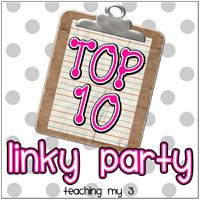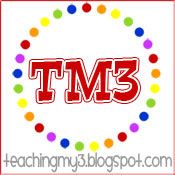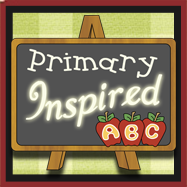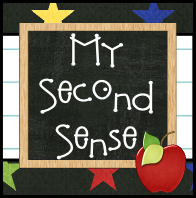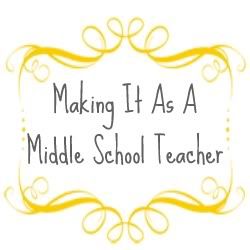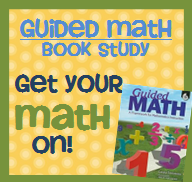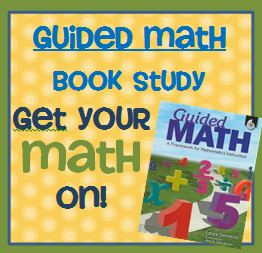In my thoughts on Chapter 1, I wondered if the mini lessons I use in place of whole group instruction was effective. My question was answered in this chapter on "Using Guided Math with the Whole Class." The answer is yes and no....LOL I know - what kind of answer is that!? Let me explain.
All the points made in the "Architecture of a Mathematics Mini Lesson" (page 112) are used during mini lessons.
- Real-life experiences are connected to what they are about to learn
- Teaching point is expressed in the form of an "I can" statement and anchor chart that is used as a reference during centers
- Practice is completed during active engagement
- Their work is either linked to a previous day's lesson or a lesson they will learn later in the week
Thank you, Laney Sammons, for the sample mini lesson. It is always helpful to hear/read what it should look like.
Tips for Effective Mini Lessons
Here is where I run into some things I need to change. Mini lessons should be no more than 10 minutes. I usually spend 15 to 20 minutes. The reason why -- I engage in conversations with my students. The first two recommendations for effective mini lessons are to limit student talk and keep the connection brief. When I make a real-life connection the students are so eager to share more ideas. So, we discuss them. I also find myself trying to fix problems during guided practice. This takes a big amount of time. From now on I should keep a clip board with me to list the students who need additional, intensive instruction. That way I can use this info to pull students during centers. These changes are doable and should cut the mini lesson to 10 minutes.
Activating Strategies
I have to be honest here. I am not a fan of KWL charts. I am worried that once the "K" is filled in, all misconceptions that are listed may be believed. I understand that these misconceptions can be addressed during the "Things I Learned," but it may be difficult for some to do away with the incorrect content once it has been sitting there all day.
I have never used anticipation guides before and they seem beneficial. It sounds similar to KWL charts in what do you believe now and what do you believe after. However, my students will view this as a "let me see how many I can get right." Then if they do answer something incorrectly, they immediately see what was wrong. To extend on this activity I will have them correct the incorrect statements.
Reading Math-Related Children's Literature
I need advice. Reading a book is suggested for the beginning of class. I have a center with math-related books. Should I read the book in the beginning of class and place in center for students to read again? Or, not read the book but still have it available?
Math Huddle
I would love to incorporate this as a closing activity. Just wish there were examples on what it should look like.
Games and Music
Each week I create a new game to be played on the Promethean board. They love competing with each other! If you are interested in seeing the game, I have them at my Teachers Pay Teachers store. Only 4 are listed and as soon as I can I will be posting more. Click on the picture to check them out.
I purchased a multiplication rap CD at a DI conference a few years back and the students love it! It is from
Hip Hop Edutainment. If you introduce your students to these songs don't lose the CD! I misplaced it once and you would have thought I took recess away from the students. They sulked until I found it. Since that incident, I have made additional copies and downloaded it to my iTunes account. I use it as a time filler. I choose a song, let's say it covers the 4 times table, and play it. As it is playing, the students compete to see who can write the 4 times table the most before the end of the song.
Technology
I DO NOT know what I would do without the Promethean board. I am absolutely spoiled!! In addition to the board, I have all the cool gadgets that come with it -- Activotes (what the book calls clickers), wand, tablet, etc. The Activotes are a valuable asset because I can pose a question and see every students' response once they have "clicked." The program will also create a graph of the results.
Thanks for reading and I would love your feedback.
